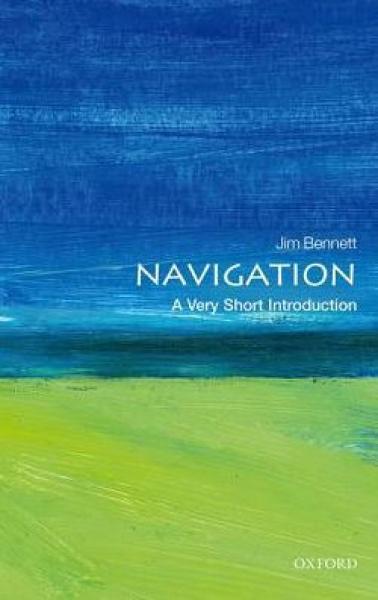Description
measurements of position were central to exploration, trade, and the opening up of new continents, and the resulting journeys taken under their influence have had a profound influence on world history.
In this Very Short Introduction Jim Bennett looks at the history of navigation, starting with the distinctive cultures of navigation that are defined geographically - the Mediterranean Sea, and the Pacific, Indian, and Atlantic Oceans. He shows how the adoption of mathematical methods, the use of
instruments, the writing of textbooks and the publication of charts all combined to create a more standardized practice. Methods such as longitude-finding by chronometer and lunar distance were complemented by the routine business of recording courses and reckoning position 'by account'. Bennett
also introduces the incredible array of instruments relied on by sailors, from astrolabes, sextants, and chronometers, to our more modern radio receivers, electronic equipment, and charts, and highlights the crucial role played by the individual qualities of endeavor and resourcefulness from
mathematicians, scientists, and seamen in finding their way at sea. The story of navigation combines the societal, the technical, and the human, and it was vital for shaping the modern world.
"This book covers all the major developments in navigation adequately, and in a manner easily accessible to the general public. It is not the result of new research or insight, and does not have that pretention. I recommend it to those with an interest in the history of navigation, and it will be an
excellent starting-point for those wanting to pursue the subject further." -- W.F.J. M�rzer Bruyns, The International Journal of Maritime History
"A masterly and comprehensive survey of navigational techniques across many centuries of technical skill and astute practical innovation. The book combines lucid exposition of the principal maritime methods with fascinating commentary on the historical relation between navigators' mastery of
calculation, observation and improvisation." - Simon Schaffer, University of Cambridge
"This elegant and compelling narrative, spanning all periods, cultures, and geographical regions, provides a remarkably accessible introduction to the concepts and technology of navigation." - Captain M. K. Barritt Royal Navy, former Hydrographer of the Navy
"Provides a fascinating insight into how people have navigated on the sea for hundreds of years." - Adventure Travel
Product Details
- Oxford University Press, Brand
- May 1, 2017 Pub Date:
- 0198733712 ISBN-10:
- 9780198733713 ISBN-13:
- 144 Pages
- 6.8 in * 4.5 in * 0.3 in Dimensions:
- 0 lb Weight:




